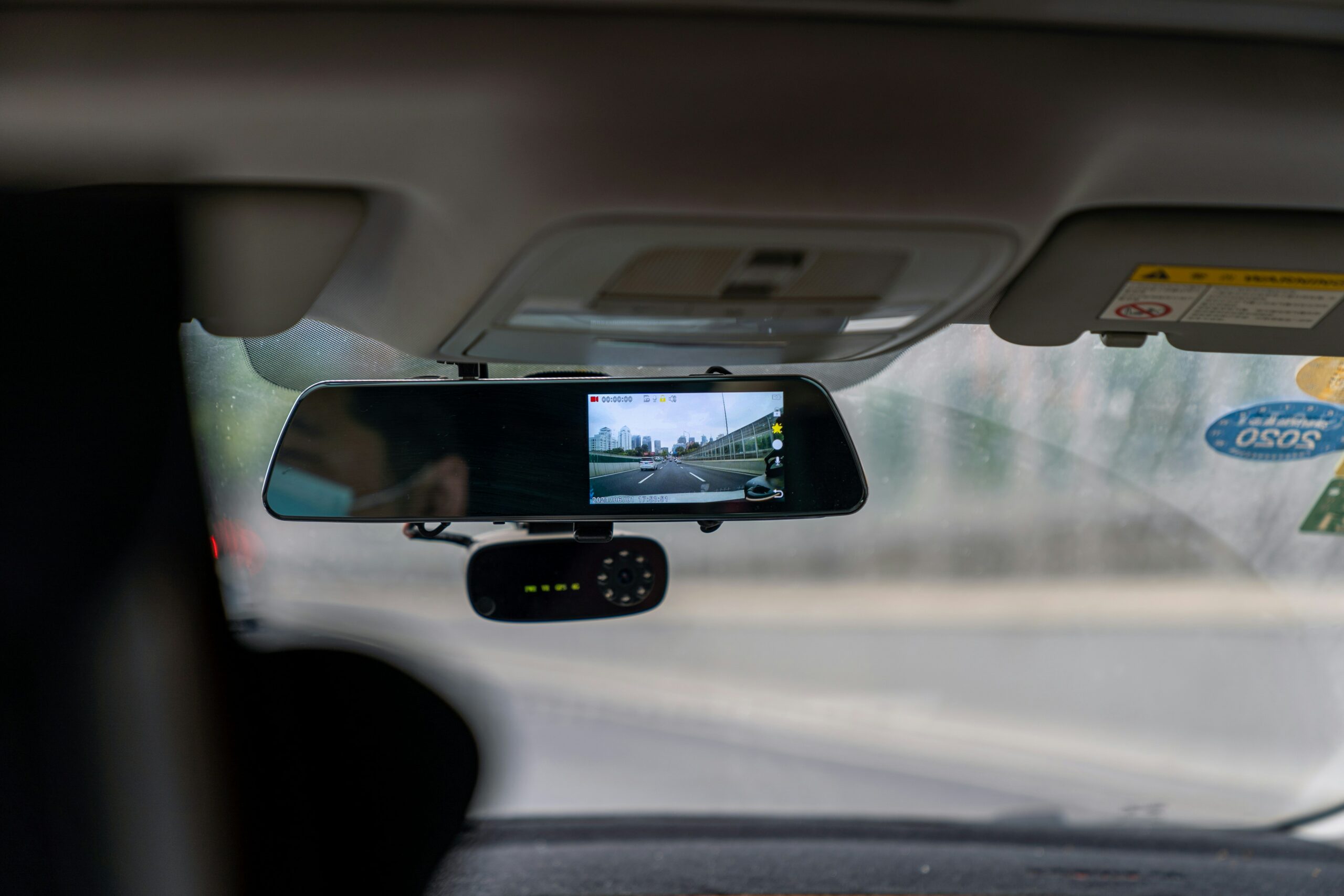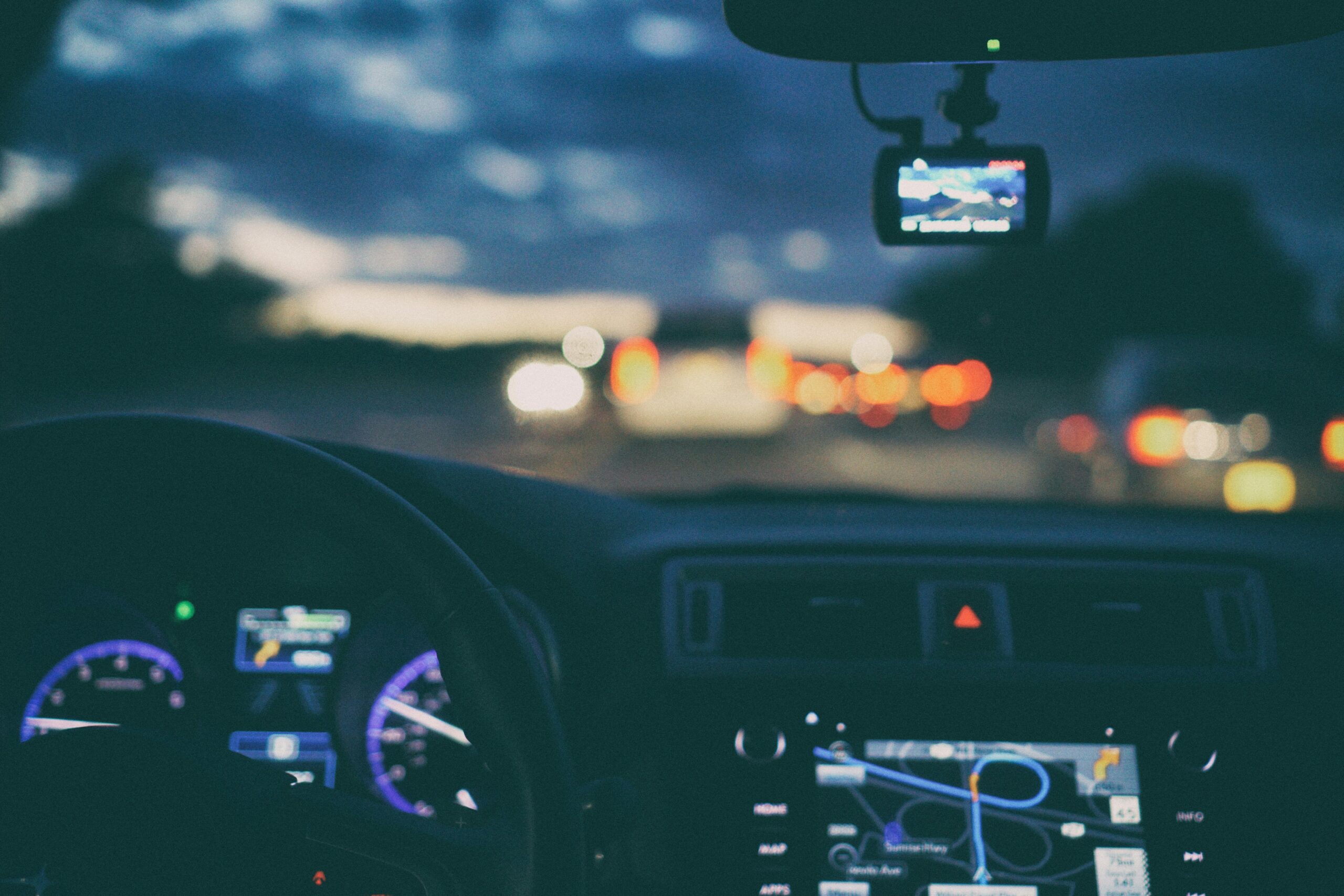Installing a TfL-approved dash cam in your private hire vehicle or taxi is a significant step towards enhancing safety and compliance with Transport for London (TfL) regulations. However, if you’re choosing a TfL-approved dash cam and CCTV system for the first time, you’re likely to have a lot of questions. Don’t worry – we’re here to clear up all the confusion. This guide serves as an essential resource for private hire drivers, taxi drivers, and operators of private hire minicabs and taxis in London. We’ll cover key aspects of TfL-approved dash cams, CCTV systems, and related requirements, giving you the confidence you need to make the right decision.
So, let’s dive right into your common questions choosing, installing, and operating a TfL-approved dash cam.
First of all, what is a TfL-approved dash cam?
A TfL-approved dash cam is a type of CCTV equipment specifically sanctioned by Transport for London for use in taxis and private hire vehicles. These cameras are designed to record video footage of both the interior and exterior of the vehicle, ensuring the safety of drivers and passengers.
Why do private hire drivers and taxi drivers need TfL-approved dash cams?
TfL mandates the installation of approved dash cams in taxis and private hire vehicles to enhance safety, deter crime, and provide evidence in the event of an incident. These cameras help to monitor interactions inside the vehicle and capture speed data and road events, contributing to a safer environment for both drivers and passengers.
Can these dash cams record audio?
Yes, TfL-approved dash cams can include an audio recording feature. However, continuous audio recording is not permitted. Audio can only be activated for a short duration, typically through a push button or panic button, in situations where the driver or passengers feel threatened.
Are drivers allowed to play car music with these dash cams installed?
Playing car music is generally allowed. However, drivers should ensure that any audio from the music does not interfere with the functionality of the dash cam, especially if the audio recording feature is enabled.
What are the installation requirements for a TfL-approved dash cam?
The installation of a TfL-approved dash cam must comply with specific guidelines. The camera must be securely installed to avoid interference with vehicle controls or obstruction of the driver’s view. The installation should cover critical areas of the vehicle, including the front, rear, and passenger areas.
How many cameras can be installed, and where should they be placed?
Typically, a TfL-approved CCTV system can include up to four cameras. These should be strategically placed to cover the driver’s area, the passenger area, the rear of the vehicle, and the road ahead. The exact placement may vary depending on the specific model of the dash cam and the layout of the vehicle.
How long should the recorded footage be stored?
Recorded video footage should be stored for a minimum of 28 days. This duration ensures that there is sufficient data available should there be a need to review the footage for any incidents or disputes.
Is there an approved list of dash cams that meet TfL standards?
Yes, TfL maintains an approved list of dash cams and CCTV systems that meet their standards for use in taxis and private hire vehicles. It’s crucial for drivers and vehicle operators to choose their equipment from this list to ensure compliance.
What about data protection and passenger privacy?
All installed CCTV equipment, including dash cams, must comply with data protection laws. This includes ensuring that passengers are aware of the recording (through clear signage) and that any stored data is securely handled and protected.
Can these systems record speed data?
Some TfL-approved dash cams and CCTV systems have the capability to record speed data along with video footage. This feature can be particularly useful in documenting the circumstances surrounding a road incident.
How do I choose which TfL-approved dash cam to buy?
Start by consulting the Transport for London’s approved list of dash cams. TfL has specific standards and requirements for dash cams used in taxis and private hire vehicles. Only devices on this list are guaranteed to meet the necessary criteria for safety, functionality, and compliance.
Then, consider the unique needs of your vehicle and service. Think about the size and layout of your vehicle, the typical length of your trips, and the specific challenges you face. For instance, if you frequently drive at night, look for a camera with excellent night vision capabilities. Ensure the dash cam includes key features required by TfL. This includes the ability to record clear video footage, sufficient storage capacity to retain data for at least 28 days, and, if applicable, limited audio recording capability (activated only in specific circumstances).
It’s also important to determine the ease of installation and maintenance. Some dash cams may require professional installation, while others can be easily installed by the driver. Also, consider the ease of accessing the camera for maintenance or data retrieval.
Here at Crystal Ball, we offer TfL-approved dash cams for taxis and private hire minicabs operating in London. With 4G video recording and a range of other features, you can enjoy complete confidence that your vehicle is compliant with TfL regulations when you install our camera systems. Want to find out more? Just chat to our friendly team or book your demo today.
Even once you’ve chosen and installed your CCTV system, keep in mind that TfL’s requirements can evolve, so it’s crucial to stay informed about the latest regulations and standards related to dash cams and CCTV systems in private hire vehicles and taxis.


